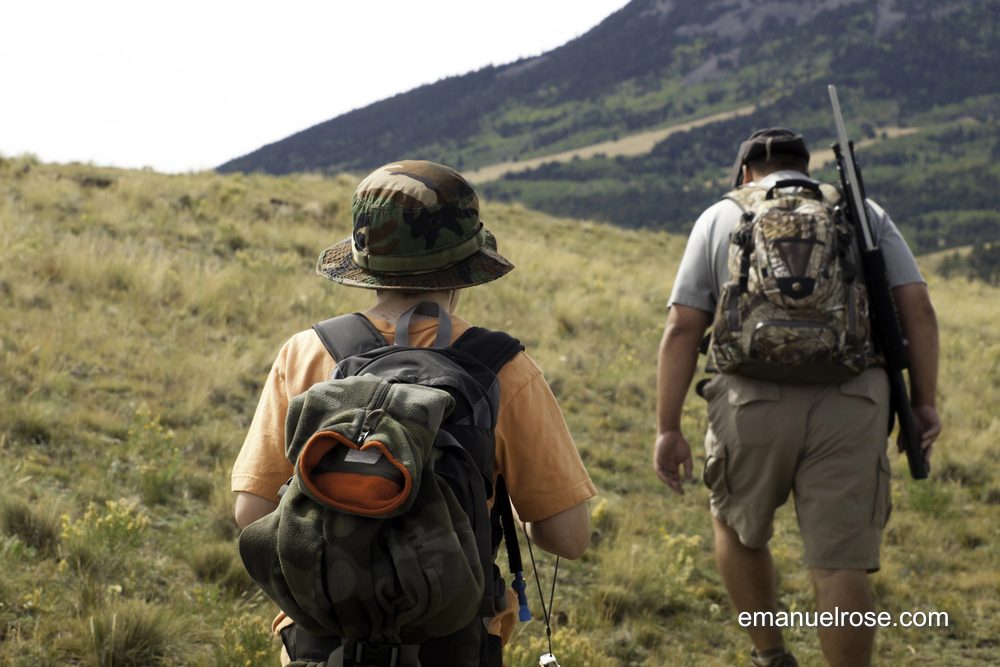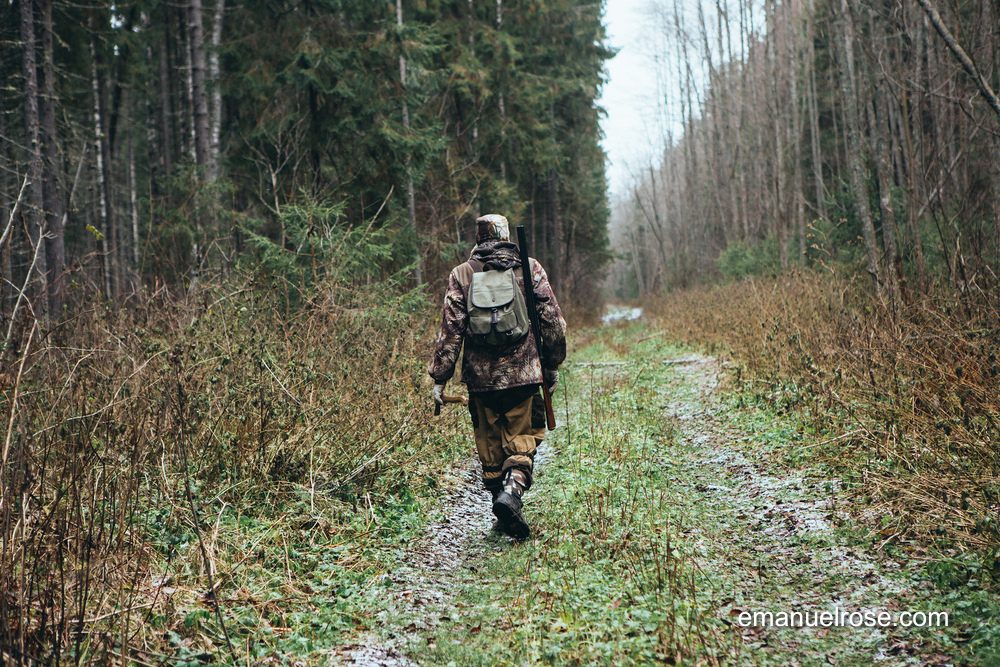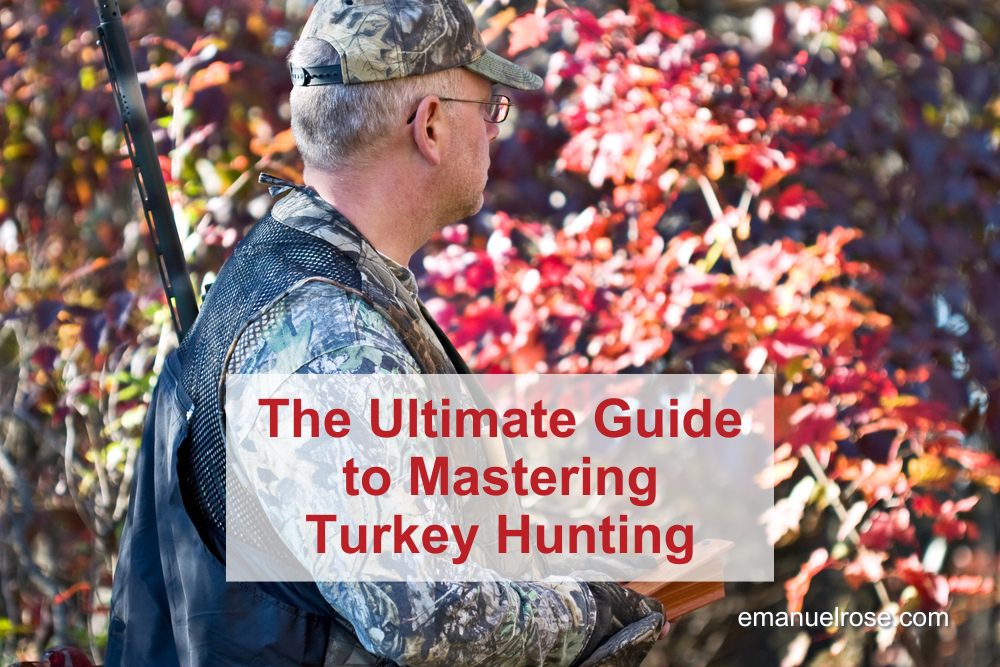Turkey hunting transcends mere pursuit; it’s an engagement with the primal aspects of nature, requiring skills, patience, and respect for the wilderness. This detailed guide crystallizes decades of collective wisdom from seasoned hunters, offering you a roadmap to refine your approach to turkey hunting, ensuring each foray into the woods is informed, ethical, and ultimately successful.
Understanding Turkey Habitats: The Crucial First Step
The landscapes that turkeys inhabit are as varied as the birds themselves. Across the United States, excluding Alaska, turkeys have adapted to a range of environments, from the hardwood forests of the East to the sparsely populated wilds of Nevada. Each habitat presents unique challenges and behaviors from our quarry. A deep dive into these varied ecosystems, understanding the specific needs and movements of turkeys throughout the seasons, lays a strong foundation for successful hunting. Recognizing signs of turkey activity and choosing the right terrain—be it dense brush that offers food and cover, or areas near water sources crucial for their daily needs—can significantly increase your chances of locating these elusive birds.
The Pillars of Preparation: Scouting and Strategy

Preparation for turkey hunting is two-pronged, involving both modern technology and traditional woodsmanship. Today’s hunter has access to advanced tools like GPS and satellite imagery apps, such as OnX, which can unveil hidden trails, potential feeding grounds, and roosting areas before setting foot in the forest.
Yet, these technological aids are best viewed as supplements to the invaluable insights gained from physical scouting. Setting out at dawn to catch the early calls, deciphering tracks and droppings, or simply learning the lay of the land, cultivates an intimate understanding of your hunting ground, blending science with instinct to predict where turkeys will be come opening day.
Deciphering Turkey Behavior: Beyond the Basics
Turkeys are creatures of habit, dictated by the changing seasons. Springtime, in particular, signals a shift to higher elevations in search of food and nesting sites. This period of movement and increased activity offers hunters a window to strategize. Recognizing areas where turkeys feed—seeking out the tender, new growth that follows a retreating snowline, for example—allows hunters to anticipate movements and position themselves advantageously. It’s a intricate dance of understanding turkey behavior, from roosting preferences to feeding patterns, which, when mastered, elevates your hunting from mere chance to strategic pursuit.
Ethical Hunting: A Covenant with Nature
The ethos of hunting speaks to a profound respect for wildlife and the ecosystems that support them. Ethical hunting practices ensure the sustainability of turkey populations and their habitats, fostering a compassionate connection with the natural world. This includes choosing hunting grounds wisely, minimizing disturbance to wildlife, and adhering strictly to regulations.

Beyond the hunt, ethical considerations extend to the selection of gear and the use of calls—emphasizing a fair chase and ensuring that the harvesting of turkeys is done with reverence and responsibility.
Mastering the Tools of the Trade: Gear, Calls, and Camouflage
The right gear—a reliable shotgun, ammunition suited to turkey hunting, and effective camouflage—sets the stage for success, but the art of calling is where the true skill of the hunter shines. Learning to use box calls, slate calls, and diaphragm mouth calls to mimic the various turkey calls can entice even the wariest turkey into the open. Each type of call holds its unique advantages, from the volume and range of box calls to the subtle, nuanced sounds achievable with slate calls. The hunter who invests time in mastering these tools, understanding when and how to deploy them, embodies the essence of a skilled woodsman.
Reflecting on the Tradition: A Commitment to Conservation and Skill

Turkey hunting is more than a seasonal pursuit; it’s a commitment to learning, conservation, and a deeper appreciation of nature’s rhythms. Every venture into the woods is an opportunity to grow, to observe, and to become a part of the natural world. This guide is not just an introduction to the mechanics of hunting but an invitation to join a community that respects the tradition.
The skill, and the spirit of turkey hunting. Whether you’re a novice eager to learn or an experienced hunter looking to refine your skills, embracing the complexity and challenge of turkey hunting can transform a simple hunt into a profound outdoor experience.
Special thanks to Jim Clark for his invaluable contribution to this blog, sharing the depth of his knowledge and experience in turkey hunting with us.

